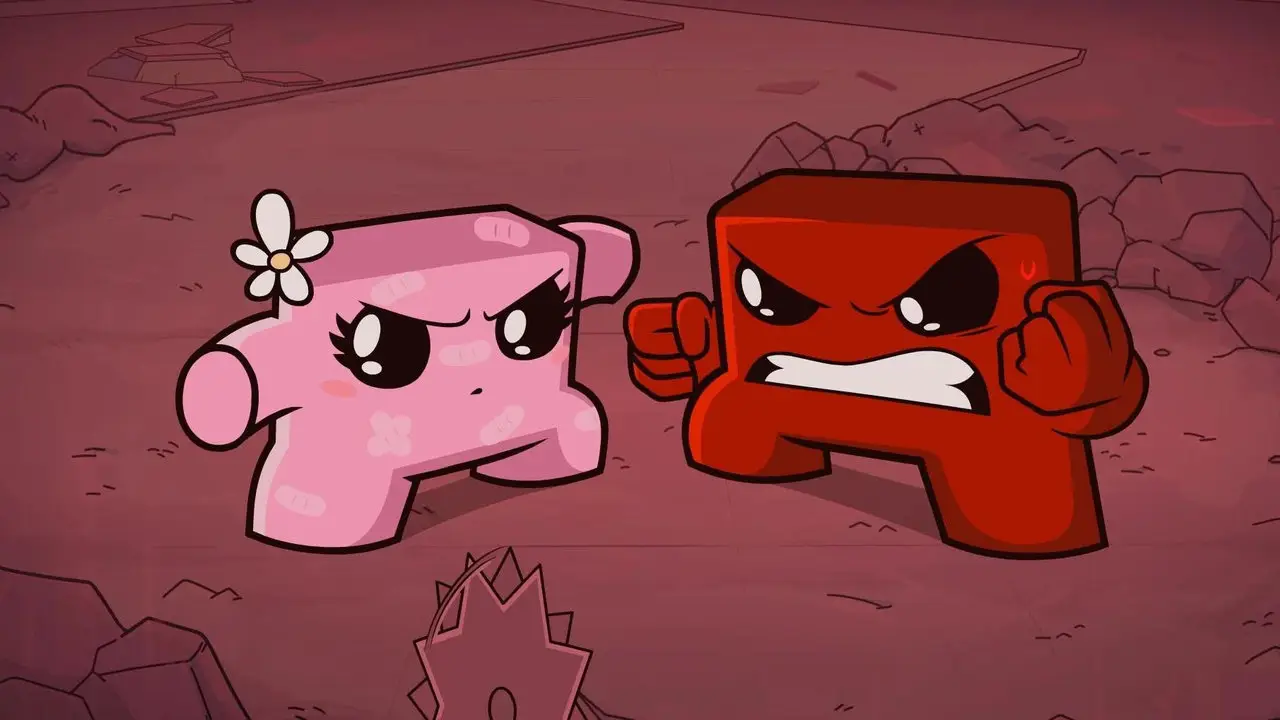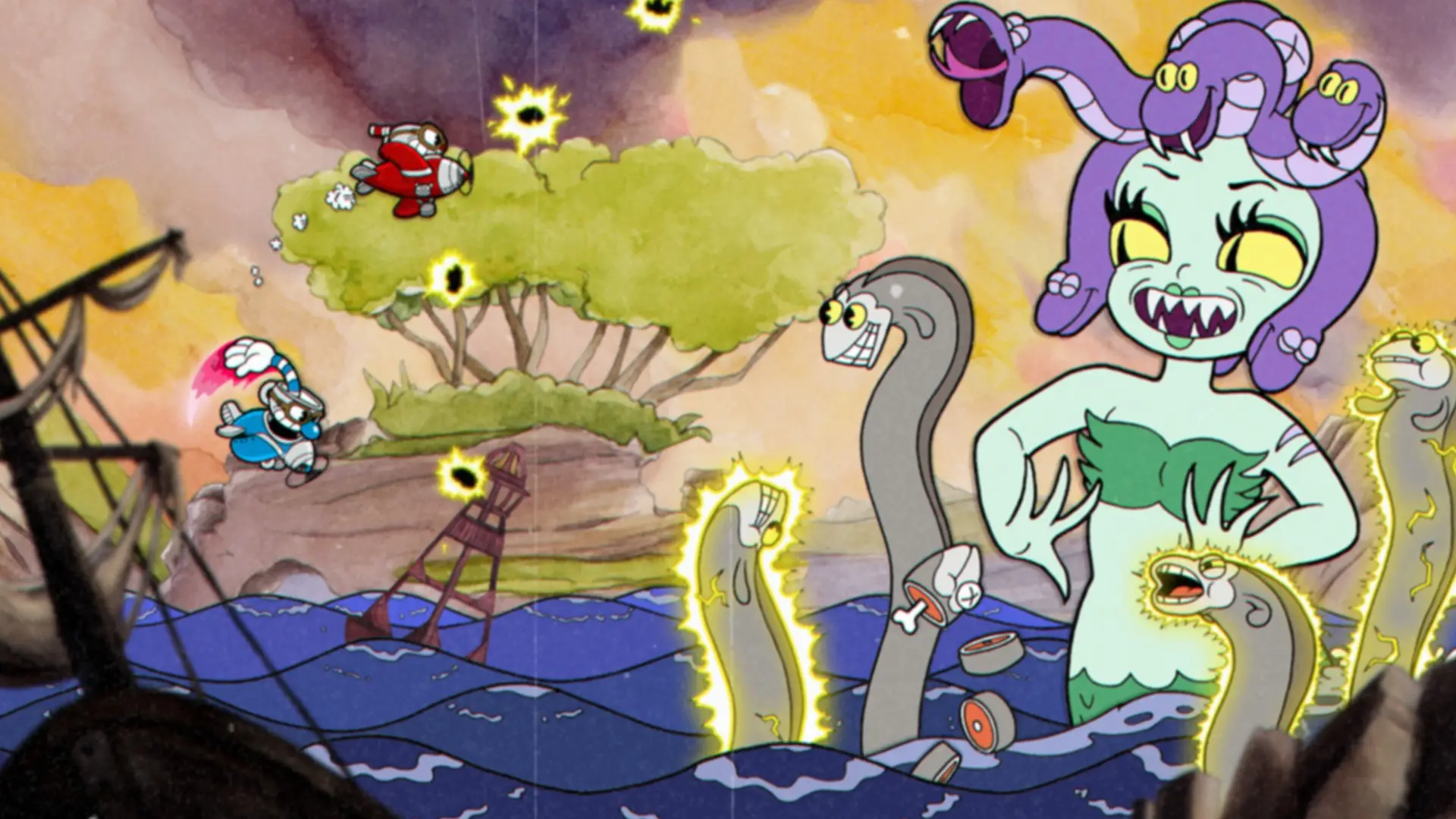In an industry where platformers often serve as a backdrop for jumps and coins, the game Braid shifted the focus. Not a race for speed, but a thoughtful rethinking. Not linear levels, but time-bent puzzles, not clones of platformers, but an artistic manifesto in two dimensions.
Time rewinding became not a function, but a philosophy. The platformer does not serve the plot on a plate — it lays it out in pieces, hiding it between paragraphs of books and in the mechanics of levels. Here, every jump is a potential insight. Every failure is an opportunity to go back and rewrite the course of events, like Ctrl+Z in the editor of fate.

Historical Context and Cultural Influence
In 2008, the independent market was overshadowed by AAA products. The project was released in August on Xbox Live Arcade and demonstrated commercial success with a budget of $200,000. By 2010, it had brought in over $4 million. The success proved: arthouse can earn money.
The creator is Jonathan Blow. He developed it alone. The author deliberately avoided genre clichés, including the concept of Mario as the archetype of a platformer. Instead of a princess as a goal — a princess as a symbol.
Braid served as a catalyst for the emergence of games like Limbo, Fez, and The Witness. The era of narrative platformers with mechanical subtext began.
Evolution of Gameplay
Upon first launch, the player strives to collect all the puzzles. The gameplay of Braid seems linear. But after the finale, new horizons open up. The “Stars” section is secret content available only through a complete rethinking of mechanics. Access to these stars requires unconventional actions, including long waits and pixel-perfect movements.
The result is an alternative ending that alludes to a global catastrophe. Analyzing the ending of Braid reveals the project as a commentary on science, guilt, and personal responsibility.
Each new playthrough uncovers previously unnoticed details. Increased replayability became not a side effect, but a design task.
Game Design with Character: How Braid Works
The platform logic of the game is structured not like a staircase upwards, but like a Möbius strip. Each level offers a new time mechanic, breaking established expectations. In one stage, rewinding takes everything back except the player. In another, time only moves when the player moves. Then there’s the freezing of objects, followed by clones from the past.
The game Braid built levels not as obstacles, but as reflections. Every block, every fog in the background serves a purpose. Even the music reacts to rewinding, playing backward — not an embellishment, but a functional element.
The puzzle does not require reflexes — it requires thinking. A mistake ceases to be a failure. A mistake becomes part of the process.
The Plot of Braid Under the Microscope
Behind the apparent simplicity lies a parable. The plot is not a linear narrative, but a narrative puzzle. The main character Tim is not just a character chasing a princess. Every action he takes leaves a mark in the space of the platformer, like a quantum particle in a double slit.
The princess is not always the goal. Sometimes she is a lost opportunity. Sometimes — a nuclear metaphor. In one of the last levels, the plot completely inverts perception. The entire journey, which seemed like a rescue, turns into a chase. The project does not offer final answers. It makes one doubt even Tim’s motivations.
Level Architecture
Each world represents a standalone structure. The levels in Braid are six chapters and a final epilogue, each chapter featuring a unique mechanic.
In the fourth world, movement depends on Tim’s direction. In the fifth, shadows are created from past actions. And in the sixth, ring time is activated, where an object enters a loop. Each new mechanic does not add to the previous one, but replaces it. The project avoids a cumulative effect, opting for a concentrated presentation of ideas.
The game Braid treats levels as an exploration of themes. Geometry, logic, the physics of time — not a backdrop, but a way of conveying meaning.
Graphics with Mood
The palette resembles watercolor illustrations from the 19th century. David Hellman’s authorial style enhances the perception as a dream, as if the game has curled up in the imagination. The characters are hand-drawn, and the backgrounds pulse with a living texture.
Each scene visually conveys the emotional state of the level. In the early chapters, warm tones prevail. By the end, torn silhouettes, cold spectrums, and contourless images appear — a reflection of the moral ambiguity of what is happening.
The visual environment of the project does not depict the world — it feels it. The style does not distract from the essence, but makes it tangible.
Game Mechanics of Braid
The puzzles in Braid are built on logic that disrupts familiar cause-and-effect relationships. The elements of rewinding require not reaction, but strategy.
Example: in one level, a key falls into lava. With normal rewinding, it disappears. But if you navigate the segment with the key without mistakes, you can preserve it in the one timeline. There are dozens of such tasks. All are unique. Repetition is not allowed.
The game Braid uses each puzzle as a test of attention, creativity, and patience. The secret to success is the rejection of randomness and strict adherence to the rules of its world.
Features That Made Braid a Game with Character
Every design element carries semantic weight, from gameplay logic to visual execution. The project demonstrates how minimalism in form can combine with maximalism in idea. Here, the mechanic of time transforms not into decoration, but into a tool for understanding:
- Using time rewinding as a gameplay tool, not a cheat code.
- A visual style with hand-drawn elements reminiscent of classical painting.
- A plot hidden between the lines and scattered across levels.
- A puzzle in each location — a unique, non-duplicated approach.
- Gameplay with strict logic and a rejection of randomness.
- The possibility of unlocking an alternative ending only through metacognition.
- A critical assessment of the industry through a rethinking of platformer genre archetypes.
This list highlights not only the mechanics but also the philosophy of development. An intellectual puzzle does not simplify the task but sets a goal — to make one think, doubt, and feel within a precise system.

Conclusion
The game Braid does not tell a story — it allows you to piece it together. It does not challenge reaction but provokes thought. It does not explain — it implies. This is a platform where every movement leaves a mark, and every decision requires reconsideration.
The platformer ceases to be entertainment. It transforms into a meditation on time, loss, and choice.
 en
en  de
de  ar
ar  es
es  nl
nl  hi
hi  fr
fr  it
it  pt
pt  el
el 












